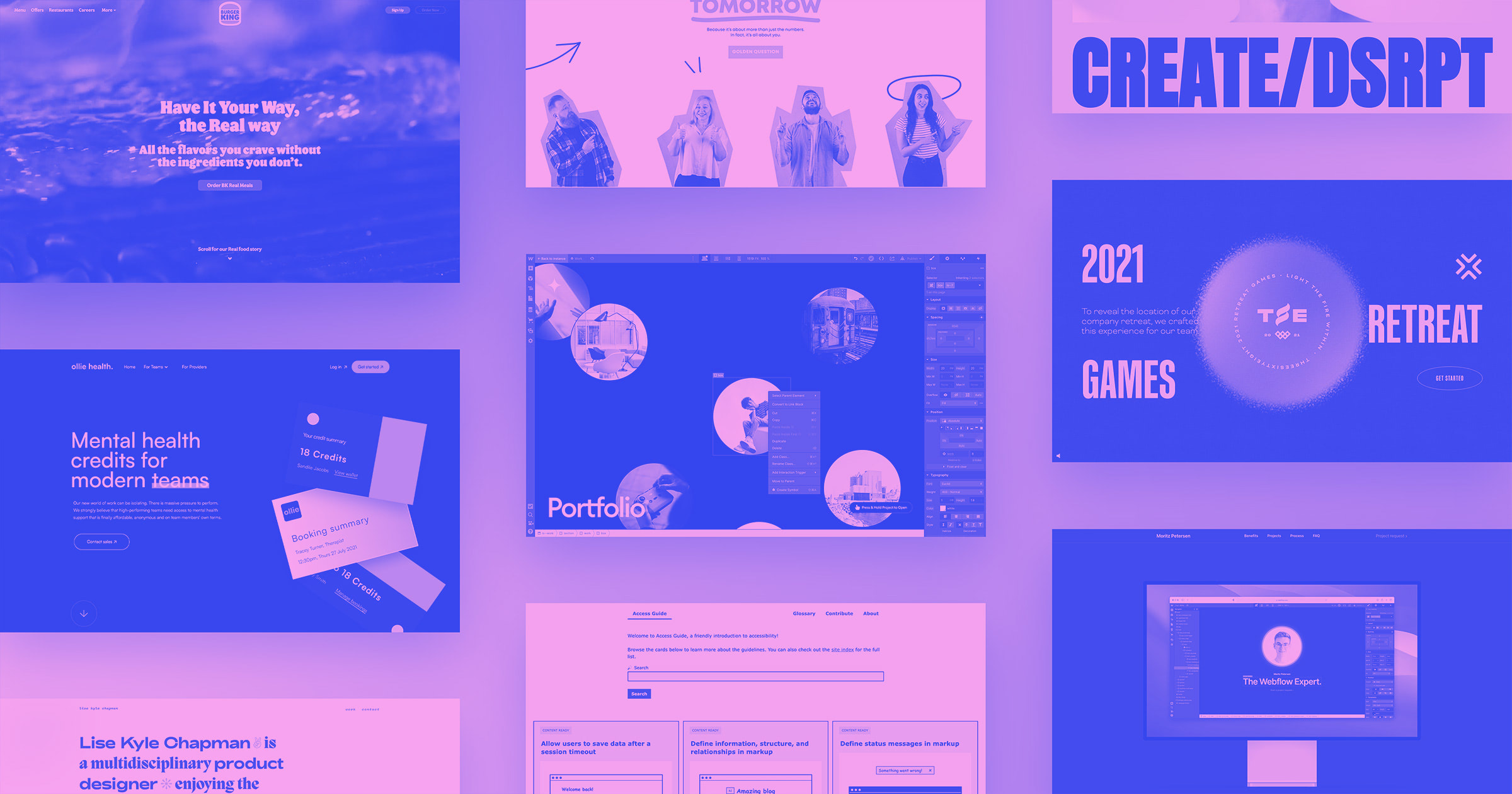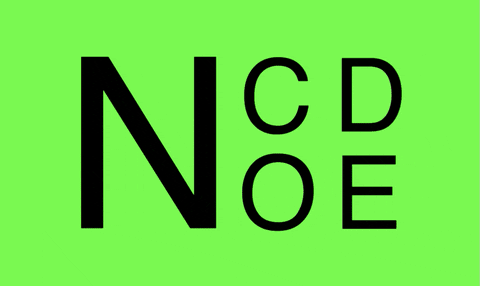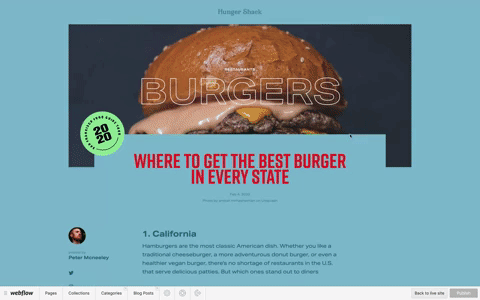There are a lot of website-building platforms out there helping businesses establish their brand’s online presence. There’s Squarespace, Wix, and the ever-popular WordPress. Sadly, these platforms would either have conventional templates, limited features, messy backends, or all of the above. For you to build, maximize, and maintain an elaborate website in these website builders, custom coding is becoming the go-to way. But, it turns the needed solution into a workaround, which results in an unsustainable low-impact website. This is where Webflow comes in.
Webflow is a user-friendly tool that empowers its users to easily create a captivating website, without the execution pains. It’s no surprise that brands and businesses, like Rakuten, AngelList, Dell, and many more, are making a switch from these usual platforms to an easier and more efficient alternative. Here are reasons why your start-up should too:
SOON
Boutique Studio v.s. Agency







